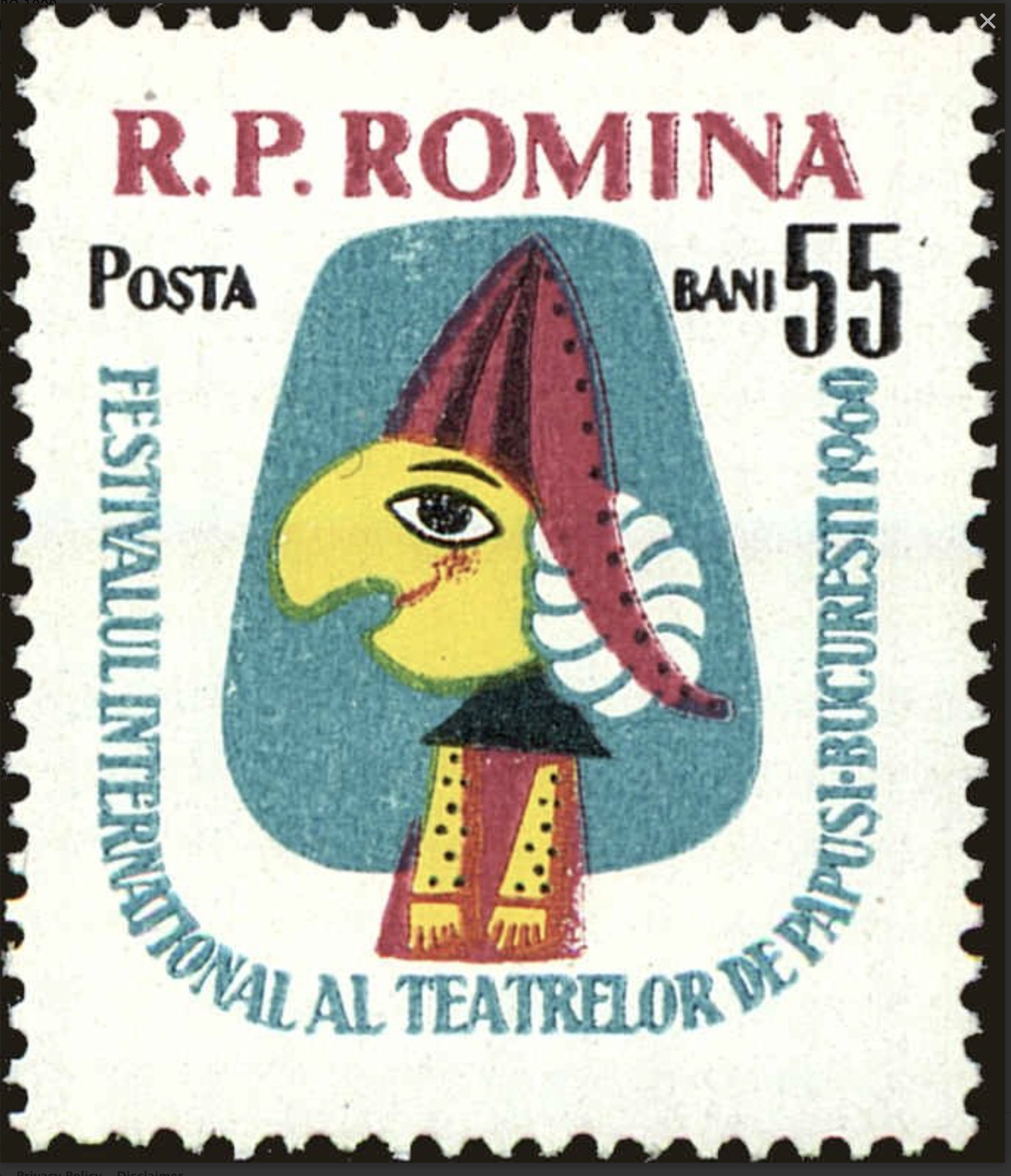Romania #1899 (1967) – Western Barn Owl (Tyto alba)
$0.35
Romania #1899 (1967) – Birds of Prey, Western Barn Owl (Tyto alba)
3 in stock
Description
Romania #1899 (1967) – Birds of Prey, Western Barn Owl (Tyto alba)
The Western Barn Owl, scientifically known as Tyto alba, is a widespread and well-known species of owl found in many parts of the world. It is a medium-sized owl known for its distinctive appearance and silent flight. Here are some key characteristics and information about the Western Barn Owl:
- Appearance: Western Barn Owls have a unique and easily recognizable appearance. They have heart-shaped, whitish faces with no ear tufts, and their plumage is primarily a pale, tawny color with various brown spots and markings. They have long wings and a relatively short tail.
- Range: The Western Barn Owl has a wide distribution, and it can be found in a variety of habitats, including open fields, grasslands, deserts, agricultural areas, and even urban environments. It is found on every continent except Antarctica.
- Nocturnal Behavior: Barn Owls are nocturnal birds, meaning they are primarily active during the night. They have excellent low-light vision, which allows them to hunt in near darkness.
- Hunting and Diet: These owls are skilled hunters and primarily feed on small mammals, such as rodents like mice and voles. They have a keen sense of hearing, which helps them locate prey in complete darkness. Barn Owls are known for their silent flight, thanks to special adaptations in their wing feathers that reduce noise.
- Reproduction: Western Barn Owls are cavity nesters and often use old barns, tree hollows, or other suitable structures as nesting sites. They lay a clutch of eggs, and both parents share the responsibility of incubating the eggs and raising the young. The young owls fledge after several weeks.
- Conservation Status: The Western Barn Owl is considered a species of least concern in terms of conservation, as it has a broad range and adaptable habitat preferences. However, they can face threats from habitat loss and the use of rodenticides, which can harm their prey and, in turn, affect the owls.
- Cultural Significance: Barn Owls have been associated with various myths and superstitions in different cultures. They have often been considered symbols of wisdom and mystery. In some cultures, they are seen as omens, while in others, they are thought to bring good luck.
The Western Barn Owl is a fascinating and important species, both ecologically, for its role in controlling rodent populations, and culturally, for its symbolism and significance in various societies. Its ability to thrive in a variety of habitats has contributed to its widespread presence across the globe.
Ready to ship in 3-5 business days from United States (US)
Additional information
| Weight | 0.0149 lbs |
|---|---|
| Condition | |
| Country | |
| Scott Number | |
| Stamp Format | |
| Stamp Type | |
| Year of Issue |













